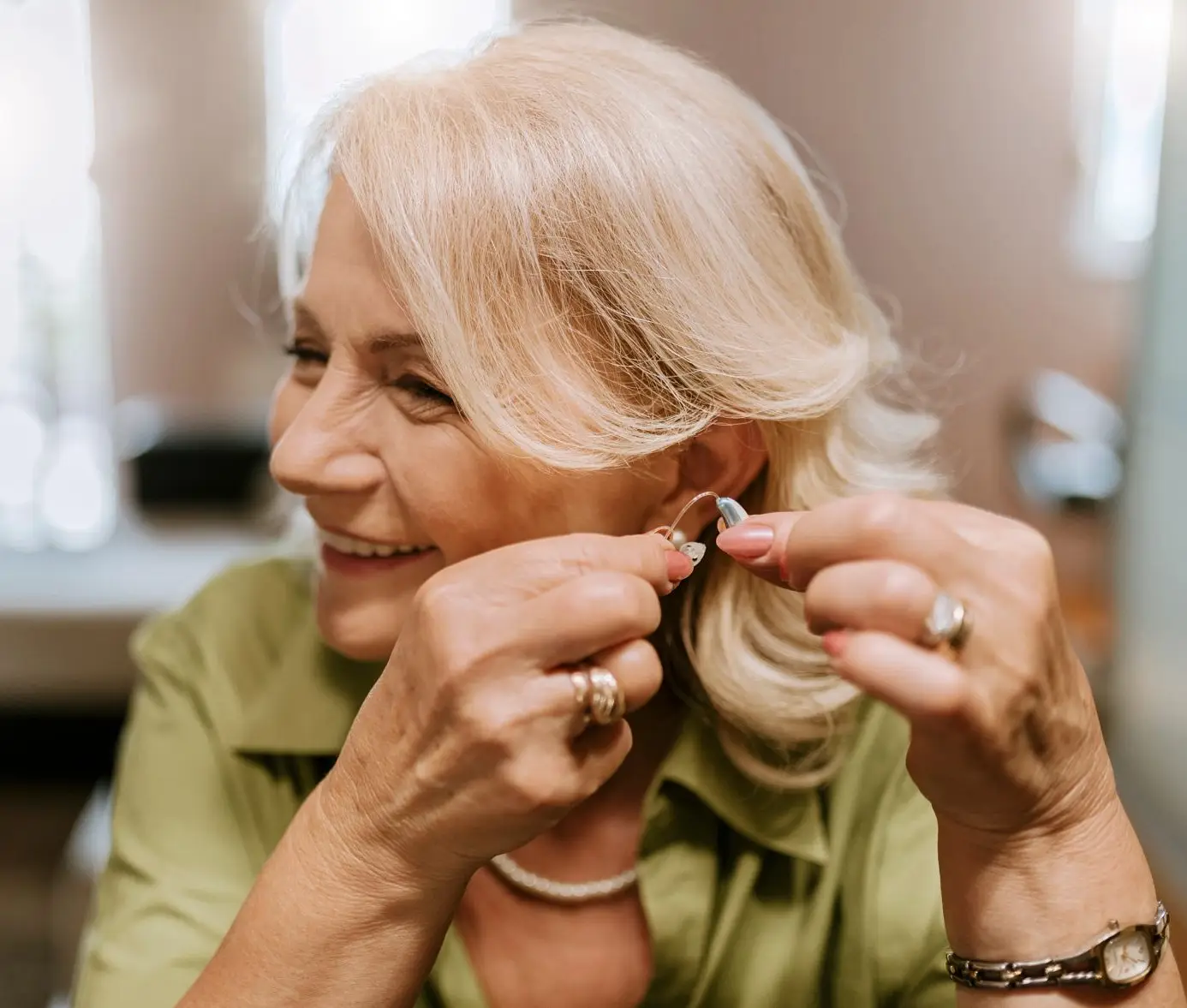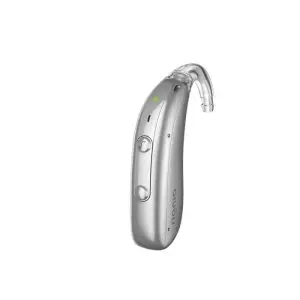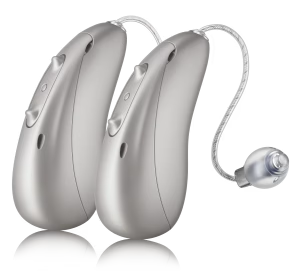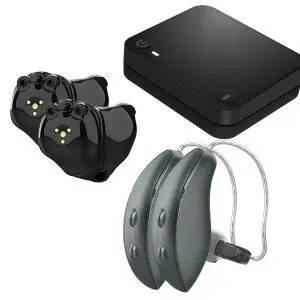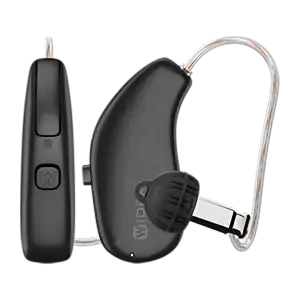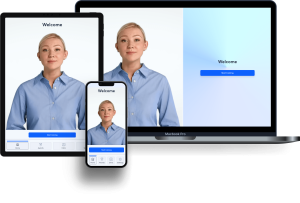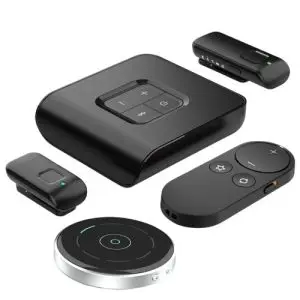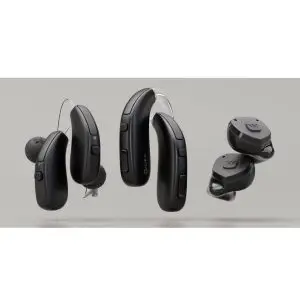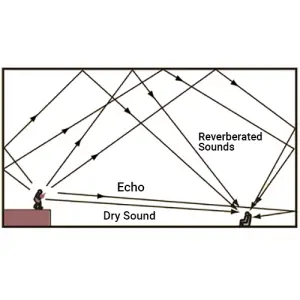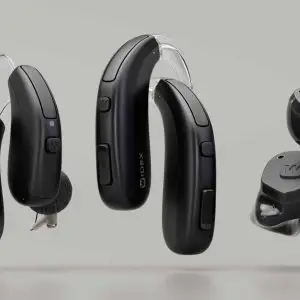A common question we hear from first-time hearing aid users is:
“Do hearing aids make my hearing worse?”
The short answer: no, they don’t. In fact, hearing aids are designed to help preserve your hearing and keep your brain active and engaged with sound. But many people notice something surprising when they first start wearing them: sounds may seem too loud, too tinny, or even “boomy.” And later, when the hearing device is removed, voices and the world around them may suddenly feel muffled, almost like having cotton in their ears.
This doesn’t mean the hearing aids are making your hearing worse. Instead, it’s part of a natural adjustment process called hearing aid acclimation.
Why Hearing Aids Don’t Start at Full Volume
Most hearing care providers won’t turn up your hearing aids to the full prescription when they first fit you. Here’s why:
- Your brain isn’t ready yet. If you’ve been living with untreated hearing loss, your brain has been processing less sound for a long time. Flooding it with “full volume” amplification all at once can feel overwhelming.
- Voices may sound unnatural. Many new wearers say their own voice sounds “boomy,” “tinny,” or “like talking into a microphone.” This happens because your auditory system is re-learning what natural sound balance feels like.
- Comfort comes first. If your hearing aids are too loud from the start, you’re less likely to wear them consistently, which slows down progress.
That’s why we usually start with a comfortable level of amplification and gradually increase the settings over time.
The Role of Real Ear Measurements
As you adjust, your hearing care provider will continue fine-tuning your devices. The ultimate goal is to reach a scientifically verified setting using Real Ear Measurements (REM).
- What is REM? It’s an objective test that measures how your hearing aids are amplifying sound in your actual ear canal.
- Why is it important? It ensures your devices are matched precisely to your individual hearing loss, rather than relying on “average” settings or just your subjective opinion of what sounds good.
- When do most professionals run REM? Once your brain is ready, audiologists will increase the hearing aid settings to meet your target prescription verified by REM.
This process ensures your devices are helping you hear your best, not too soft and not too overwhelming.
Why It Sometimes Feels Like Your Hearing Got Worse
Many new wearers experience a surprising moment: after consistently wearing their hearing aids for weeks or months, when they take them out, everything sounds muffled. Some even say, “I feel more deaf without my hearing aids.”
Here’s what’s really happening:
- Your brain has adapted. Once you get acclimated to your hearing aid and to hearing more sounds, your brain prefers it. What if your brain doesn’t prefer it? We will cover this in another post.
- Silence feels strange. Without amplification, the contrast can make your natural hearing seem dull or blocked, almost like cotton in your ears.
- It’s actually a good sign. This doesn’t mean your hearing has worsened; it means your brain likes hearing again and has adjusted to the “new normal” of better sound.
Think of it like wearing glasses: after you get used to seeing clearly, taking them off makes the world look blurrier than you remembered.
The Bottom Line: Hearing Aids Help, They Don’t Harm
So, do hearing aids make your hearing worse? No. What you’re experiencing is the acclimation process, where your ears and brain are relearning how to process sound. With consistent use, gradual adjustments, and the right professional support, your hearing aids will become an essential, and comfortable, part of your daily life.
The key is patience, consistency, and working closely with your hearing care professional. Over time, you’ll discover that putting in your hearing aids feels like popping in sound itself, bringing the world back into focus. If you can’t adjust, see a provider to help you despher why. And if that provider doesn’t help you, get a second opinion. We are here to help!

